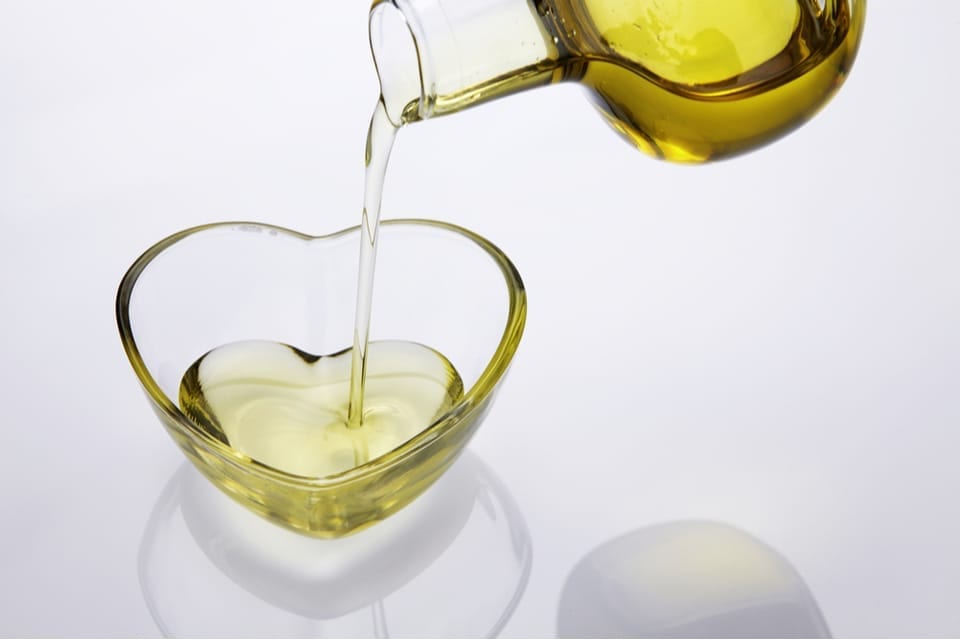Walk the aisles of your supermarket and spot how many relics you find… bottles, boxes, and jars touting fat-free, low fat, cholesterol-free foods. Since the 1980s, food manufacturers have placed these phrases front and center on packages of cereal, crackers, pasta, and even popular snack products like chips and cookies.
By their standards, a delightful, snack-sized package of a combination of refined flour, sugar, salt, and artificial preservatives is a “health food” — because there’s no fat or cholesterol.
Decades ago, when the widespread medical prescription for heart health was to reduce intake of saturated fat and dietary cholesterol, is fat-free and low fat was a point of pride.
The fear of raising blood cholesterol levels, notably “bad” cholesterol (low-density lipoprotein or LDL) — the kind that hardens inside arteries — was understandably so strong that we questioned our judgment and defied our instinct.
No food was spared: Peanut butter — naturally free of cholesterol — was labeled “cholesterol-free.” Some were even processed to reduce or remove the fat content altogether.
Nutrient-dense eggs were demonized. Omega-rich salmon was limited. Whole milk and yogurt were stripped of natural goodness, too.
With fat-free came perceived freedom to consume to your heart’s content. And our waistlines and rates of heart disease responded in kind.
Misplaced fear and misconceptions
Today, “fat-free” reads like an outdated resume. It’s time to throw out any relic that gives movement validity. Because research has shown, there’s no direct correlation between the amount of cholesterol you eat and the amount found in your blood.
Harvard Medical School published an article stating, “Only about 20% of the bloodstream comes from the food you eat. Your body makes the rest.”
Your liver, the same organ that produces ketones to be used as energy, produces the majority of cholesterol in your body — about 80% of it.1 It also has the important job of ridding the body of excess cholesterol.
Why then, if cholesterol is so deadly, would your body be equipped to produce such high levels of it? The answer is because you need it to survive!
Cholesterol plays a pivotal role in these critical functions:
- An essential building block in cell membranes and structures, and helping cells adapt to changes in temperature
- Used to create vitamin D, a vitamin that depends on fat for absorption
- Aids in the production of several hormones, including sex hormones (estrogen, progesterone, and testosterone)
- Helps the liver produce bile, a substance that aids digestion and absorption of fat-soluble vitamins
- Used to insulate and protect nerve cells
- Supports development of synapses in the brain, essential for learning and memory
After being conditioned to think of cholesterol in negative terms, your first step toward giving it the justice it deserves is to recognize it as vital to your health. Try not to feel duped… the primary goal of food manufacturers is not to safeguard your health, after all.
Maintaining a strong, healthy heart
Now that you know cholesterol is not public enemy number one and that avoiding it isn’t the answer (because your body will produce it against your will anyway), you can build a healthy-heart routine based on truth and science.
Research advocates for a holistic, integrative approach to supporting your cardiovascular health and reducing your risk of cardiovascular disease, heart attack, or stroke. While it starts with distinguishing between good and bad cholesterol and how they function in the body, the conversation stretches far beyond cholesterol.
Preventing oxidation
Minimizing the level of unstable fats from fake, factory-made fats and even polyunsaturated fatty acids (PUFAs) from so-called healthy plant oils (corn, canola, cottonseed, soy, safflower, and sunflower) is a great place to start.
Research points to oxidized cholesterol and fats as the primary cause of heart disease — not eating fat or cholesterol. And the cholesterol that dangerously builds up in artery walls is oxidized LDL, not good HDL.
So, by reducing your intake of industrial fats and PUFAs, you reduce the chances of damage from oxidized LDL.
Dietary cholesterol from natural sources DO raise levels of “good” cholesterol (high-density lipoprotein or HDL) — the kind that helps eliminate bad LDL from the body and protects your heart.
Sources of good, stable fats that raise good LDL levels:
- Grass-fed meat, poultry, and fatty fish
- Cage-free, organic eggs
- Coconuts — meat, milk, and oil
- Avocados and avocado oil
- Whole milk and yogurt
- Cheese
- Butter
- MCT oil
- Nuts and seeds
- Olives — fruit and oil
Polyphenols
There are unique compounds found abundantly in certain fruits that help cells, including heart cells, combat oxidation from unstable fats, healthy aging, and environmental toxins.
The best of the best polyphenols — which I call “powerphenols” — is a special class in the plant kingdom that not only provides potent antioxidant activity but also activates your body’s natural recycling process.
One of my favorite powerphenols is curcumin, which some studies suggest can limit the amount of time LDL spends in the bloodstream. Resveratrol and bergamot offer high concentrations of heart-healthy polyphenols, too.
Knowing the facts about fat and cholesterol is empowering and gives you control over your health. I understand how the volume of information can be overwhelming — and how unscrupulous food manufacturers can take advantage of this with cues and shortcuts like a bold “cholesterol-free” on a product label.
And by becoming a consumer of information, you, too, will start to rely less and less on these visual cues.
Reference
1. www.health.harvard.edu/heart-health/how-its-made-cholesterol-production-in-your-body





